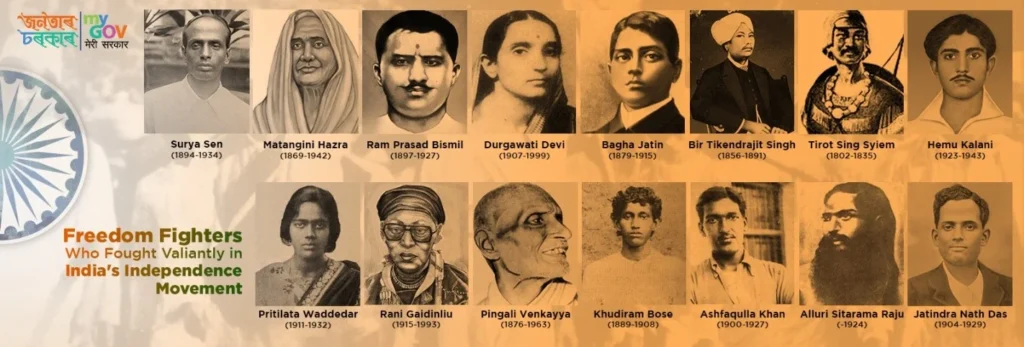Throughout India, an overwhelming number of people participated in the freedom movement against the British. From Kashmir to Kanyakumari, Assam to Gujarat, a large number of people battled together against barbarities of the English Raj.
While many selflessly gave their lives to preserve their motherland’s dignity, others were injured and ended up in prison. The following is a list of a few brave Indian freedom fighters who gave their lives in various parts of colonial India to secure freedom for their beloved motherland:
Surya Sen (1894 -1934)
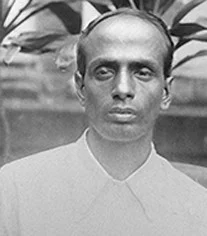
- Famously known as ‘Master da’, Surya Sen was a leading revolutionary in the Indian independence struggle against the British rule. He actively participated in the Non-cooperation Movement.
- His leadership in the 1930 Chittagong armoury raid, in which he led a group of revolutionaries to raid the police armoury, has earned him a lot of fame.
- On January 12, 1934, he was executed by hanging for attempting to rebel against the British.
Matangini Hazra (1869 -1942)
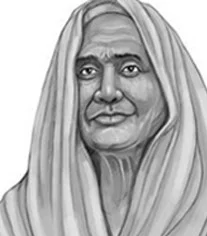
- In the Indian independence movement, Matangini Hazra was a revolutionary who fought to uphold Gandhian principles.
- On September 29, 1942, she led a group of revolutionaries who were actively involved in the Quit India Movement to seize Tamluk Police Station in West Bengal.
- The 73-year-old braveheart was killed when police opened fire on the crowd.
Ram Prasad Bismil (1897-1927)
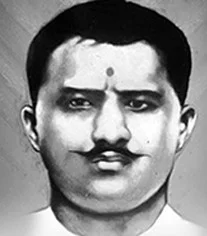
- Ram Prasad Bismil, a famous freedom fighter, was renowned as a patriotic poet who wrote poems using pen names Ram, Agyat and Bismil.
- He was one of the founder members of the Hindustan Republican Association (HRA).
- He was also actively involved in the Mainpur conspiracy and the Kakori conspiracy in Uttar Pradesh (UP).
- He was hanged on December 19, 1927, for his revolutionary activities against the British.
Bagha Jatin (1879-1915)
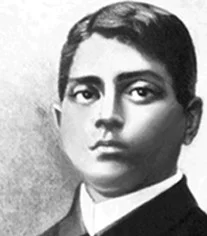
- Jatindranath Mukherjee, the revolutionary popularly known as Bagha Jatin, led the Jugantar party in Bengal.
- On September 10, 1915, he died after being critically injured in a gunfight with the British police.
- He was inspired by Swami Vivekananda’s ideals, and is famous for one of his bold statements: “We shall die to awaken the nation”.
Bir Tikendrajit Singh (1856-1891)
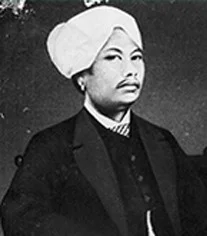
- Bir Tikendrajit Singh was the commander of the Manipuri army and the prince of the independent kingdom of Manipur. Under his direction, the Anglo-Manipur war
- On March 31, 1891, the British government sent troops from Kohima, Silchar, and Tamu to Manipur.
- Bir Tikendrajit Singh led the Manipuri army, which bravely fought the British but ultimately lost. On August 13, 1891, he was finally hanged after being arrested by the British.
Pingali Venkayya (1876- 1963)
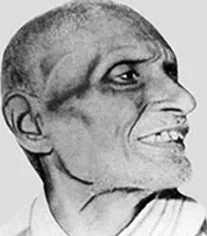
- Pingali Venkayya, a freedom fighter from Andhra Pradesh, was a fervent advocate of Gandhiji’s ideals.
- The Indian national flag is based on his design, which he was well-known for designing.
Durgawati Devi (1907-1999)

- Durgawati Devi was one of the freeodm fighters of India who were actively engaged in the armed revolution against the British rule in India.
- She was an active participant in the revolutionary organization “Naujawan Bharat Sabha.”
- She assisted in the train escape of Bhagat Singh and Rajguru following the murder of British official JP Saunders.
- Devi attempted to assassinate Lord Hailey, the former Governor of Punjab, in retaliation for Bhagat Singh’s hanging.
- However, her attempt was not successful, ultimately leading to her imprisonment.
Read also: Challenges and Strategies for Women’s Political Representation in India UPSC
Tirot Sing Syiem (1802-1835)
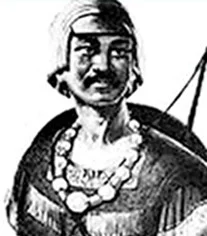
- Tirot Sing Syiem bravely fought alongside the British in Khasi Hills as a freedom fighter and chief of the Nongkhlaw kingdom.
- Despite his support for British officer David Scott’s plan to build a road that would connect Assam and Bangladesh today, he later declared war on the British after learning of their plot.
- Syiem was eventually taken captive by British forces after participating in the conflict for four years. He was then extradited to Dhaka where he died. India Post issued a stamp in his honor in 1988.
Hemu Kalani (1923-1943)
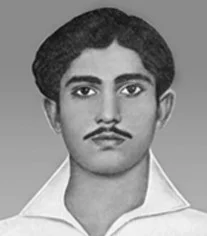
- Hemu Kalani, who was born in Sindh, was a freedom fighter and one of the most prominent student leaders of the 1942 Quit India Movement.
- British troops were transported to Sindh by train in order to halt the movement there. To stop the English powers, Kalani alongside his companions made an arrangement to derail the train. However, Kalani was apprehended by the police before they could carry out their strategy.
- Despite being subjected to inhumane torture, he never revealed the identities of any other participants in the scheme. He was hanged on January 21, 1943, and died. He was 19 back then.
Pritilata Waddedar (1911-1932)
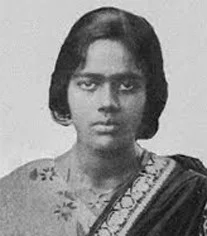
- Pritilata Waddedar was a prominent leader of the Chittagong anti-British movement and a school teacher. As an individual from Surya Sen’s revolutionary group, she ‘led the armed attack’ on Pahartali European Club on September 23, 1932.
- A subsequent shooting wounded Pritilata, who was quickly surrounded by British police. She consumed cyanide and accepted death in order to avoid arrest.
Rani Gaidinliu (1915-1993)
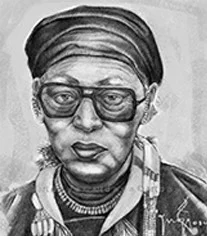
- Rani Gaidinliu was a well-known figure who was known for her armed resistance against the British Raj. She was born in Manipur.
- Because she participated in the war against the British, the British authorities labeled her a “terrorist” in 1932. She was captured that very year and sentenced to life imprisonment.
- She was released only after India got her independence, after which she continued to work for uplift of her people.
Khudiram Bose (1889- 1908)
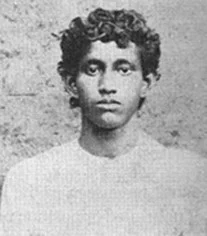
- Khudiram Bose, who was born in Medinipur, West Bengal, was one of the earliest martyrs of India’s struggle for independence from the British. •
- At only 15, he had joined Anushilan Samiti and participated in a few progressive exercises against English Raj.
- In 1908, he and Prafulla Chaki made an attempt to assassinate British Chief Magistrate Douglas Kingsford in Muzaffarpur.
- However, this attempt was unsuccessful and it accidentally led to the death of two British women.
- This led to Khudiram’s arrest and subsequent death sentence at the age of 18.
Ashfaqulla Khan (1900-1927)
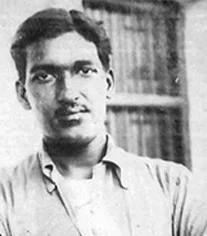
- Ashfaqulla Khan was not happy when, after the Chauri Chaura incident in 1922, Mahatma Gandhi decided to withdraw the Non-Cooperation Movement.
- This led to the formation of the Hindustan Republican Association along with his friends.
- He was hanged to death for his involvement in Kakori Train Robbery in December 19, 1927.
Read also: None of the Above (NOTA): Significance and Challenges | UPSC
Alluri Sitarama Raju (1897-1924)
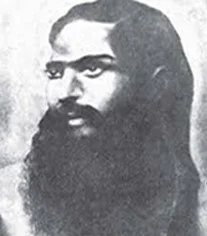
- Alluri Sitarama Raju a freedom fighter of India from Andhra Pradesh.
- The British restricted the freedom of movement of tribal people in the forest through the Madras Forest Act of 1882.
- Alluri led the 1922 Rampa Rebellion against the British Raj as a response to this. This rebellion, which lasted until 1924, came to an end when the British forces shot him dead.
Jatindra Nath Das (1904-1929)
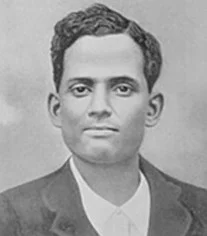
- Jatindra Nath Das was an Indian revolutionary who joined the Non-cooperation movement led by Mahatma Gandhi. He went on to join the Anushilan Samiti later.
- He was arrested for his anti-British activities and was imprisoned in Lahore jail. He went on a 63-day hunger strike while he was there to demand equality for Indian political prisoners and died.
Major Women Freedom Fighters of India |
|
Rani Abakka |
The Queen of Ullal, Karnataka, fought and defeated the mighty Portuguese in the 16th century. |
Velu Nachiyar |
The queen of Sivaganga was the first Indian queen to wage war against the British East India Company. |
Jhalkari Bai |
She was a woman soldier who grew to become one of the key advisors to the Rani of Jhansi and a prominent figure in the First War of Indian Independence, 1857. |
Gulab Kaur |
She was a freedom fighter who abandoned her own hopes and dreams of a life abroad to fight for and mobilise the Indian people against the British Raj. |
Chakali Ilamma |
She was a revolutionary woman who fought against the injustice of zamindars during the Telangana rebellion in the mid-1940s. |
Padmaja Naidu |
The daughter of Sarojini Naidu and a freedom fighter in her own right, who would later become Governor of West Bengal and a humanitarian after Independence. |
Bishni Devi Shah |
A woman who inspired large number of people in Uttarakhand to join the freedom movement. |
Subhadra Kumari Chauhan |
She was one of the greatest Hindi poets, who was also a prominent figure in the freedom movement. |
Sucheta Kripalani |
A prominent freedom fighter, became independent India’s first woman Chief Minister of UP Government. |
Accamma Cherian |
An inspirational leader of the freedom movement in Travancore, Kerala, she was given the name ‘Jhansi Rani of Tranvancore’ by Mahatma Gandhi. |
Aruna Asaf Ali |
She was an inspirational freedom fighter who is perhaps best remembered for hoisting the Indian National flag in Mumbai during the Quit India Movement in 1942. |
Durgabai Deshmukh |
A tireless worker for the emancipation of women in Andhra Pradesh, she was also an eminent freedom fighter and member of the Constituent Assembly. |
Usha Mehta |
She was a freedom fighter from a very young age, who is remembered for organizing an underground radio station during the Quit India Movement of 1942. |
Parbati Giri |
She was one of Odisha’s most prominent women freedom fighters of India, was called the Mother Teresa of Western Odisha for her work in the upliftment of her people. |
Tarkeshwari Sinha |
A prominent freedom fighter during the Quit India Movement, she went on to become an eminent politician in the early decades of independent India. |
Snehlata Varma |
A freedom fighter and tireless worker for the education and upliftment of women in Mewar, Rajasthan. |
Tileshwari Baruah |
One of India’s youngest martyrs, she was shot at the age of 12 by the British, during the Quit India Movement, when she and some freedom fighters of India tried to unfurl the Tricolour atop a police station. |

